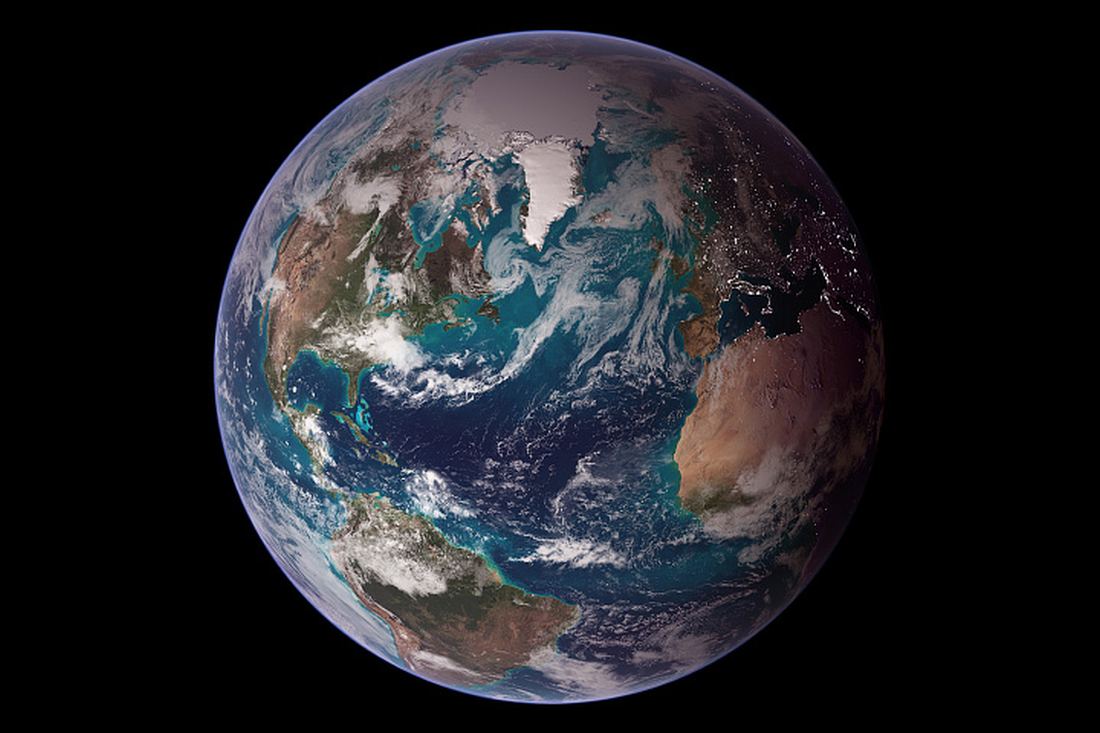Additive manufacturing, also known as 3D printing, has had a profound impact on the way we do business. There is scarcely any industry that has not been affected by the adoption of this technology, and that includes spaceflight. Companies like SpaceX, Rocket Lab, Aerojet Rocketdyne, and Relativity Space have all turned to 3D printing to manufacture engines, components, and entire rockets. NASA has also 3D-printed an aluminum thrust chamber for a rocket engine and an aluminum rocket nozzle, while the ESA fashioned a 3D-printed steel floor prototype for a future Lunar Habitat.
Similarly, the ESA and NASA have been experimenting with 3D printing in space, known as in-space manufacturing (ISM). Recently, the ESA achieved a major milestone when their Metal 3D Printer aboard the International Space Station (ISS) produced the first metal part ever created in space. This technology is poised to revolutionize operations in Low-Earth Orbit (LEO) by ensuring that replacement parts can be manufactured in situ rather than relying on resupply missions. This process will reduce operational costs and enable long-duration missions to the Moon, Mars, and beyond!
Continue reading “Metal Part 3D Printed in Space for the First Time”










